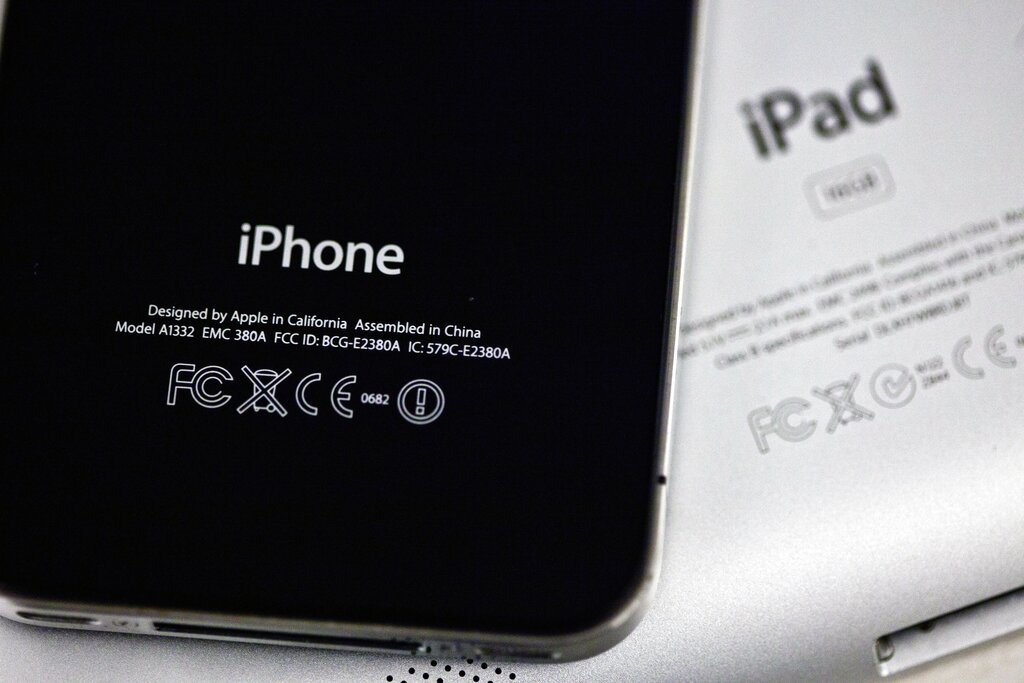
Since its establishment in 1976, Apple has only grown larger, integrating our means of communication, news, music streaming, and social media into its profit-making mechanism. According to the Wall Street Journal, the tech giant is looming over yet another industry: healthcare. Using the data collected from their smartphones and smartwatches, physicians hired directly by Apple could better serve patients and encourage preventive wellness.
The project has been hit by several roadblocks, most pressing of which is that the data currently collected is unreliable. While this may stall the endeavor, I have no doubt in my mind that Apple will find a way past their current technological shortcomings with time and further research. The question remains, then: once Apple reaches the point where they are ready to hire physicians for their clients based on the data collected from their smart devices, will the system be beneficial or malicious for healthcare in America?
There is no doubt that preventive healthcare is important. By keeping users better informed about their bodies and by providing them with physicians who are able to access all of their medical data (even the things patients may forget to share or believe to be insignificant), Apple could reduce the frequency of expensive reactive medical procedures, improve long term health, and increase life span.
Though these are potential benefits, this does not mean we shouldn’t call into question the encroachment of technology (specifically, profit-motivated technology) on our healthcare system. Technology has led to life saving innovations- it has also driven the price of healthcare sky high. In 1970, the average health expenditure per capita was around 2,000 dollars (using consistent 2020 prices). In 1995, after much technological advancement, costs rose to around 6,000 per capita. In 2020, the average health expenditure is a stunning 12,531 dollars per person.
One of the reasons for this exponential increase in prices is what Bjorn Morten Hofmann at thee British Medical Journal coined as the self perpetuating loop of diagnostics. This term refers to the phenomenon in which technology, usually an increase in accuracy and frequency of diagnostic testing, leads to an increase in patients asking to be treated for a certain ailment. People who are tested with this hyper accurate preventive diagnostic technology are more inclined to visit their physicians regarding such problem, despite the fact that their case may be very mild. This increases the perceived demand for further investment in medical technology around this issue, despite the fact that doctors are treating patients with milder and milder problems. Nevertheless, the demand is met: more money is poured into said field of healthcare, more accurate technology is developed, and the problem persists, all while the pockets of techies in the medical field are continuously stuffed.
While medical advancements are positive, we must be wary of the factors in our healthcare system that drive prices through the roof. Apple’s plan to overtake the healthcare field could exacerbate this problem, using their monopoly on information to fearmonger and draw clients in, revealing milder and milder problems that require more and more attention. And with the number of dollars spent on healthcare in America currently sitting at 3 trillion dollars, one can only imagine how much higher that number will be when Apple and its profit-making motives enter the picture.
Near the conclusion of Charles Mill’s “On Liberty”, Mills explains that it is not an infringement on liberty for someone to stop someone from walking on an innocuous-looking yet defective bridge because “liberty consists in doing what one desires, and he does not desire to fall into the river.” Americans do not desire to remain vulnerable to the defective bridge of their underlying medical issues, but they also do not desire to drown in a river of ever surging healthcare costs. In the question of freedom versus safety, we must ask ourselves who is providing what, and at what cost?



